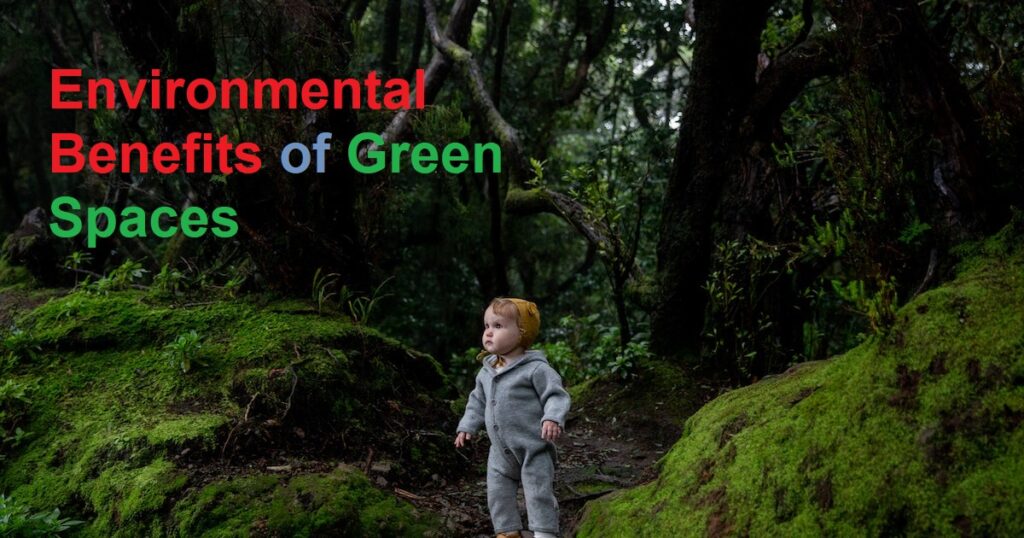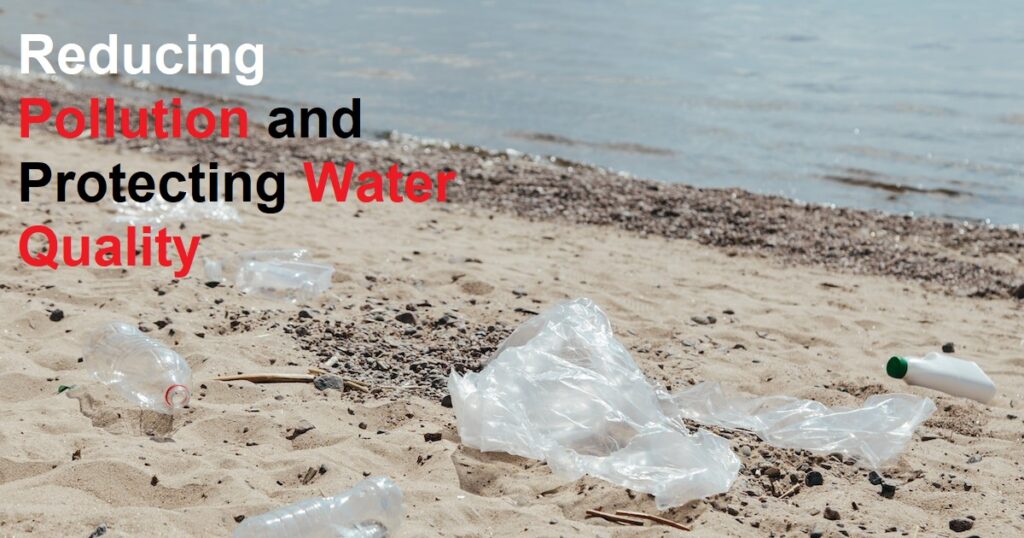As urbanization continues to expand, the importance of green spaces in our cities and towns becomes increasingly significant.
Green spaces, which include parks, gardens, forests, and other areas with vegetation, provide numerous benefits for individuals, communities, and the environment. In this article, we will explore the advantages of green spaces and their importance in improving our lives, our communities, and our planet.
Table of Contents
- Introduction
- Health Benefits of Green Spaces
- Reducing Stress and Improving Mental Health
- Promoting Physical Activity and Reducing Obesity
- Improving Air Quality and Reducing Respiratory Diseases
- Social Benefits of Green Spaces
- Encouraging Community Cohesion and Social Interaction
- Providing Opportunities for Education and Personal Growth
- Enhancing Property Values and Economic Development
- Environmental Benefits of Green Spaces
- Mitigating Climate Change and Reducing the Urban Heat Island Effect
- Preserving Biodiversity and Supporting Ecosystem Services
- Reducing Pollution and Protecting Water Quality
- Conclusion
- FAQs
Health Benefits of Green Spaces
Reducing Stress and Improving Mental Health
Green spaces have been shown to reduce stress levels and improve mental health. Studies have found that exposure to green spaces can lower cortisol levels, the hormone associated with stress. Green spaces also provide a calming effect, reducing anxiety and depression symptoms. Moreover, access to green spaces has been linked to lower rates of certain mental health disorders, including ADHD, depression, and anxiety.
Promoting Physical Activity and Reducing Obesity
Green spaces encourage physical activity, which is essential for maintaining good health and preventing chronic diseases such as obesity. Green spaces provide opportunities for walking, jogging, cycling, and other physical activities. Moreover, green spaces offer an attractive and safe environment for outdoor recreation, encouraging people to be active and spend more time outside.
Improving Air Quality and Reducing Respiratory Diseases
Green spaces help improve air quality by absorbing pollutants and emitting oxygen. Trees and other vegetation act as natural filters, reducing the amount of particulate matter and other harmful substances in the air. Green spaces also reduce the risk of respiratory diseases such as asthma and bronchitis.

Social Benefits of Green Spaces
Encouraging Community Cohesion and Social Interaction
Green spaces play an essential role in bringing people together and fostering community cohesion. Parks and gardens provide spaces for social interaction and community events, such as picnics, concerts, and festivals. Moreover, green spaces promote a sense of belonging and attachment to the local community, enhancing social networks and social capital.
Providing Opportunities for Education and Personal Growth
Green spaces offer opportunities for education and personal growth, particularly for children and young people. Parks and gardens provide spaces for outdoor learning and environmental education, promoting a deeper understanding of nature and the environment. Green spaces also offer opportunities for personal growth, such as gardening, which can help develop skills, build confidence, and promote a sense of achievement.
Enhancing Property Values and Economic Development
Green spaces enhance property values and support economic development. Parks and other green spaces are attractive features that can increase property values and make communities more desirable places to live. Green spaces also support local economies by providing spaces for events, tourism, and recreation.

Environmental Benefits of Green Spaces
Mitigating Climate Change and Reducing the Urban Heat Island Effect
Green spaces play a critical role in mitigating climate change and reducing the urban heat island effect. Trees and other vegetation absorb carbon dioxide, a greenhouse gas that contributes to climate change. Green spaces also provide shade, helping to reduce the urban heat island effect, where urban areas become significantly hotter than surrounding rural areas due to the absorption and retention of heat by buildings and pavements.
Preserving Biodiversity and Supporting Ecosystem Services
Green spaces support biodiversity by providing habitats for plants and animals, particularly in urban areas where natural habitats have been lost due to development. Green spaces also support ecosystem services such as pollination, pest control, and soil stabilization, which are essential for maintaining healthy ecosystems.
Reducing Pollution and Protecting Water Quality
Green spaces help reduce pollution and protect water quality by capturing and filtering rainwater, reducing the risk of flooding and erosion. Trees and other vegetation also absorb pollutants and reduce the amount of runoff entering waterways, improving water quality and protecting aquatic ecosystems.

Conclusion
Green spaces offer numerous benefits for individuals, communities, and the environment. They provide opportunities for physical activity, social interaction, education, and personal growth. Green spaces also support biodiversity, mitigate climate change, reduce pollution, and protect water quality. As urbanization continues, it is essential to prioritize the preservation and creation of green spaces in our cities and towns.
FAQs
- What are some examples of green spaces?
- Examples of green spaces include parks, gardens, forests, and other areas with vegetation.
- How do green spaces improve mental health?
- Green spaces reduce stress levels, lower rates of mental health disorders, and provide a calming effect, reducing anxiety and depression symptoms.
- How do green spaces support biodiversity?
- Green spaces provide habitats for plants and animals, particularly in urban areas where natural habitats have been lost due to development.
- How do green spaces support economic development?
- Green spaces enhance property values and support local economies by providing spaces for events, tourism, and recreation.
- How can we prioritize the creation and preservation of green spaces in our communities?
- We can prioritize the creation and preservation of green spaces by advocating for their importance, supporting policies and initiatives that promote their creation and preservation, and participating in local efforts to maintain and enhance existing green spaces.
